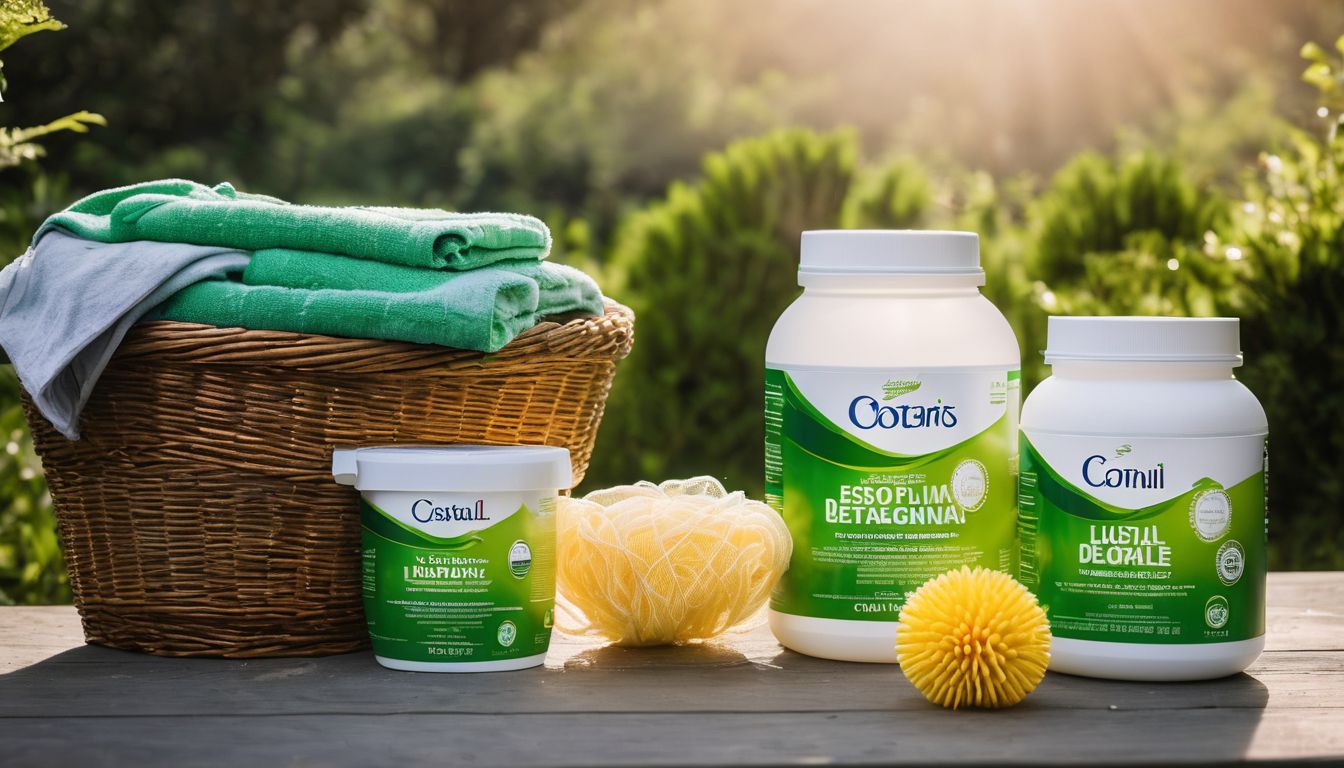In general, water heating accounts for 13% of your home utility bill.1 Most homes maintain their hot water heaters at a pre-set temperature of 140 degrees Fahrenheit, which is much higher than needed.2 By lowering your water heater to around 120°F, you can cut down the cost of your utility bill and enjoy some other unexpected benefits!
Good for your energy bill: For every 10 degrees you lower the temperature of your water heater, you save between 3%-5% of your energy costs!3 This is partly because of standby loss, or the energy wasted on keeping the water hot in the tank. A lower temperature is much easier to maintain in the water tank.
Good for the environment: Wasted energy means more pollution from energy processing. Most water heaters are powered by natural gas and electricity, which have been proven both to add greenhouse gases (considered one of the main causes of global warming4) to the atmosphere, and increase our reliance on fossil fuels. In order to lessen this demand, the U.S. Department of Energy recommends that you set your water heater to 120ºF in order to conserve energy.5
Good for your health: Overheated water can have the danger of scalding skin, especially in households with children. According to the U.S. Consumer Product Safety Commission, overheated tap water in homes causes about 3,800 injuries and 34 deaths every year.6 The CSPC also states that most adults will suffer third-degree burns if exposed to 150ºF water for 2 seconds or 140ºF water for 6 seconds.7
 i
i
Good for your water heater: At a lower temperature, your water heater will have less mineral buildup and corrosion, making it last longer and operate at top efficiency.
Cost: Free
You just walk down to your water heater and adjust the temperature. Depending on the company, a call to your local electric, gas, or fuel supplier might allow your water heater to be serviced at no charge.
Time and effort: Low
If you are familiar with the location of your heater and the temperature knob, you can adjust it within seconds! Otherwise, it should only take about 5-10 minutes. It may take you a little longer than that to find your instruction manual, which may be necessary in order to understand how to operate the thermostat. You can also try out different settings, for example, if your thermostat has “High,” “Medium,” “Low,” and “Vacation” settings, try out the medium temperate for half a day and see if your water gets hot enough for your needs.
You may also be able to change monitor your settings based on the time of day. If you don’t use the hot water once you leave for work in the morning, try placing your thermostat to a low setting and setting at a higher setting upon your return home at the end of the day.
Things you may need:
- Water heater appliance manual
- Screwdriver
- Thermometer (the one on your water heater can be unreliable)
Instructions:
Electric, gas, or oil water heaters:
 ii
ii
Electric water heaterDo not use hot water for at least 2 hours beforehand.- If you have an electric water heater, first turn off the current to the water heater. Then, look for two thermostats on the heater. Take them both off, either by hand or using a screwdriver, depending on the type of panel.
- If you have a gas water heater, locate the thermostat dial near the bottom of the tank on the gas valve. You may have to remove a plate covering the thermostat, either by hand or using a screwdriver, depending on the type of panel.
- If you have an oil water heater, locate the temperature adjustment knob on the side of the tank.
- Adjust the thermostat to 120ºF. Depending on your appliance, this step may require a glance at your appliance manual for instructions.
- Turn the water heater back on.
- To see if it is properly set, run hot tap water from the faucet that is located farthest from the water heater and check the water’s temperature. If not, repeat the process.
Furnace Heater
- Do not lower the temperature of the furnace. This affects the entire heating system of your house.
- If you happen to have installed a mixing valve (a pipe which mixes the cold water with the hot water after it leaves the furnace), adjust the mixing knob on the mixing valve to 120ºF.
- If not, you may be able to contact your fuel supplier to have them lower the temperature for you.
- If you live in an apartment building, try talking with your building manager about lowering the temperature of the hot water heater.
On VacationWhen you go on vacation or even just plan on being out of the house all day, you can prevent yourself from wasting money and energy on standby loss! For vacations turn the thermostat to the lowest setting (there is sometimes even a temperature dial of “VAC” for vacation setting), or just turn off the water heater completely. Typically water heaters will heat up quickly, so if you are planning on being out for the day and know that you won’t need hot water within 30-60 minutes of arriving back home, you can still turn your water heater down to the vacation or even just a lower heat setting.




